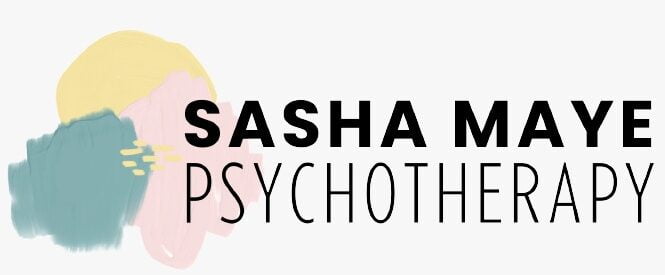My recent journey to Nepal and India was inspiring, both personally and professionally. Immersed in the spiritual traditions of these ancient lands, I encountered the Tibetan concept of Shenpa—a profound term that captures the essence of attachment and the act of ‘hooking’ onto things.
Shenpa is often translated as “attachment” or “getting hooked.” It describes that moment when we get triggered, and our habitual patterns of thought and behavior take over. It’s the itch that urges us to scratch, the impulse that leads us to react. In everyday life, Shenpa can manifest as the irritation we feel when someone cuts us off in traffic, the craving for a piece of chocolate when we’re stressed, or the clinging to a grudge long after the initial hurt has passed.
While in Nepal, I met a monk who explained this concept in a way that resonated deeply with me. His words emphasised the importance of recognising and understanding Shenpa. By becoming aware of this subtle, often unconscious process, we can begin to free ourselves from the cycle of habitual reactions that lead to suffering.
Here are some key insights I gained about Shenpa and how it relates to our everyday lives:
1. Recognizing the Hook
The first step in dealing with Shenpa is to recognise when we are hooked. This requires mindfulness and a keen sense of self-awareness. By observing our thoughts and feelings without judgment, we can start to notice the exact moment we get triggered.
2. Understanding the Root of Attachment
Shenpa is not just about the immediate trigger but also about the underlying attachments and aversions that fuel our reactions. These attachments often stem from deeper fears and insecurities. In my sessions with clients, I might focus on exploring these root causes, helping clients understand why they get hooked and what unmet needs are driving their attachments.
3. Practicing Non-Reactivity
One of the most powerful practices I as I understand it is that of non-reactivity. This doesn’t mean suppressing our emotions but rather allowing them to arise and pass without immediately acting on them. If we can create a space between the trigger and our response, we can choose a more skillful reaction. This practice has been incredibly beneficial, both in my personal life and in my therapeutic work with clients.
4. Cultivating Compassion and Patience
Dealing with Shenpa requires a great deal of compassion and patience—both for ourselves and others. It’s easy to become frustrated when we notice ourselves getting hooked repeatedly. However, each moment of recognition is an opportunity for growth. Embracing a compassionate attitude towards our own struggles allows us to extend the same kindness to others, fostering deeper connections and understanding.
5. Letting Go
Ultimately, the goal of working with Shenpa is to let go of our attachments and find more peace. This doesn’t mean we become indifferent or detached from life, but rather that we engage with the world from a place of clarity and openness, free from the compulsive need to grasp or push away.
Coming back to the UK and facing life’s usual triggers has been a powerful reminder of the relevance of Shenpa. In our fast-paced, often chaotic lives, the wisdom of Shenpa offers a gentle yet powerful reminder to pause, observe, and choose a more mindful, compassionate way of being.
